Anglers Booking Team
The expert copywriters at Anglers Booking have meticulously crafted this article. Our dedicated team of writers provides valuable insights and information to enhance your angling experience.
 12 minutes read
12 minutes readThe main character of our adventure today is Bonito. It is about a swift, predatory fish found in oceans worldwide. Bonito is a member of the Scombridae family. That means it is in the same family that includes Tuna, Mackerel, and Spanish Mackerel.
Bonitos are built for speed. Some species can reach speeds of up to 40 mph. Despite their relatively small size compared to other tunas, Bonitos are known for their vigorous fight when hooked. That is one reason it is a favorite among sport fishermen.
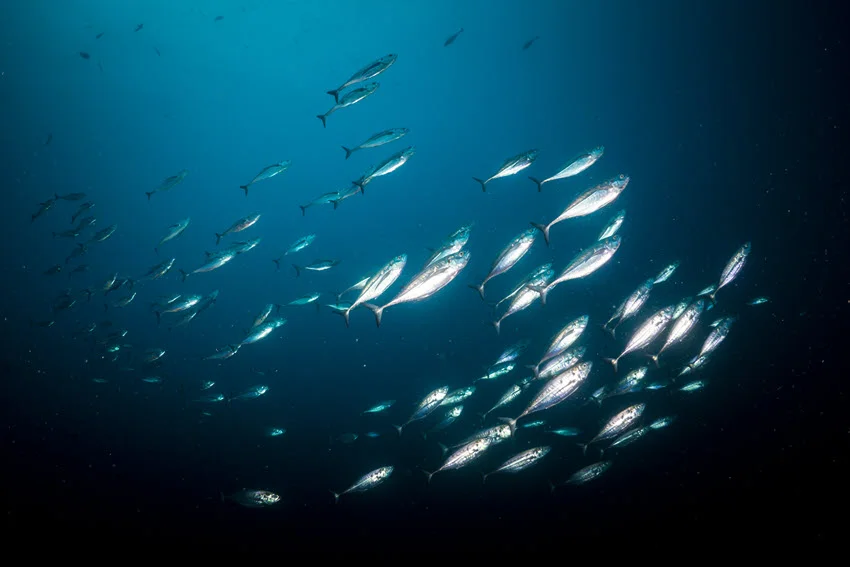
They often travel in large schools. It creates dynamic feeding frenzies. While some consider Bonito less desirable for consumption due to its strong flavor, it is an important food source in various cultures.
They are also commonly used as bait for larger game fish. Regardless of their culinary reputation, the excitement of catching a Bonito lies in the chase and the fight. So if you are interested in fishing for this fish, do not miss reading our guide to the end.
Bonito may look alike at first glance, but you can encounter several distinct species across the globe. Sleek, torpedo-shaped, and fast-moving, these fish are known for their silver bodies. Blue or green hues and dark horizontal stripes along their backs are one of their physical characteristics. They're often confused with small Tuna or Mackerel, when the rod bends and the reel screams offshore, most anglers aren't too concerned with the fine details.
Still, knowing which Bonito species you're targeting can add depth to your fishing game. Also, it helps you understand where, when, and how to catch them more effectively. Below, we'll break down the most popular types of Bonito worth chasing. For each of them, we highlighted quirks, habitats, and fishing tactics.

The Indo-Pacific Bonito, also called Striped or Mackerel Bonito, is found across the Indo-Pacific – from the eastern coast of Africa to Southeast Asia and northern Australia. They also appear in parts of the eastern Pacific, like the Gulf of California and Hawaii. These fish typically grow up to 22 inches, with some reaching lengths of 40 inches or more and weighing over 20 pounds. Their lifespan is typically 5 years or less.
The best time to target Indo-Pacific Bonito is during the warmer months or regional monsoon seasons. During this period, they feed more actively near the surface. Anglers usually catch them using trolling techniques with small lures, spoons, or feather jigs that mimic baitfish. These fish are often found in the top 165 feet of the water column, especially in areas with strong currents or baitfish presence.
They feed primarily on sardines, anchovies, squid, and small crustaceans. Their aggressive feeding behavior makes them a great target with fast-moving lures and light to medium tackle.
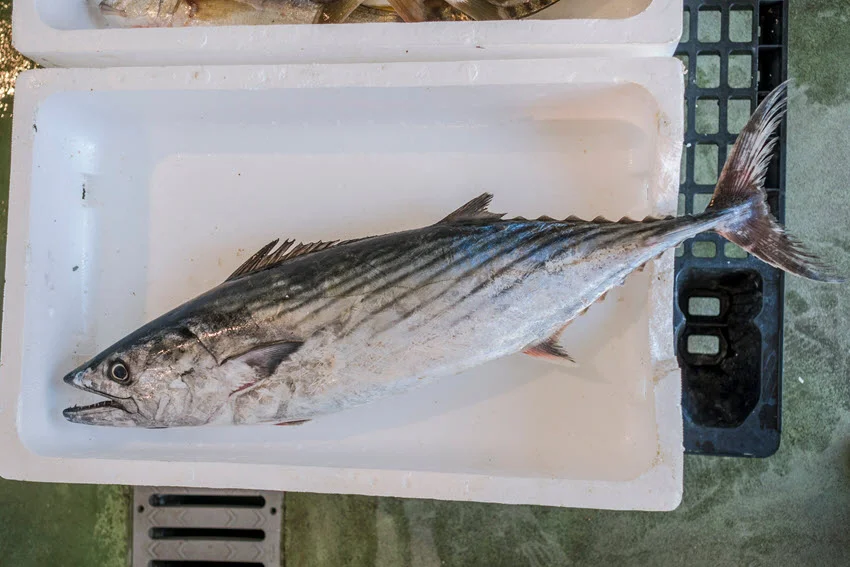
The Atlantic Bonito is found in the Atlantic Ocean, including the Mediterranean Sea and the Black Sea. They are commonly found in both temperate and subtropical waters. This species usually grows to 24 to 30 inches in length, with some individuals reaching up to 40 inches. They typically weigh between 10 and 12 pounds, although larger specimens can weigh up to 20 pounds. Their lifespan ranges up to 5 years.
The best time to fish for Atlantic Bonito is during the warmer months, especially in the spring and summer, when they are most active near the surface. They are often found in offshore waters, typically at depths ranging from 50 to 200 feet. Trolling with lures, feathers, or small live baits, such as sardines and anchovies, is the most effective way to catch them.
These Bonito primarily feed on small fish. In most cases, these are sardines, anchovies, and various small squid species. They are known to be aggressive feeders. Their speed makes them excellent targets for fast-moving lures and artificial bait.

The Pacific Bonito is found along the Pacific coast of North America, from Alaska to Baja California. Also, they are widespread along the coasts of Central America and parts of Japan. They are typically smaller than other Bonito species. Still, they can reach 40 inches and weigh up to 20 pounds. They usually grow to around 30 inches. The average life span of this fish is up to 6 years.
The best times to target Pacific bonito are during the spring and fall. At this period, they tend to feed more actively in shallower waters. They can be found in offshore waters as well as near coastal islands. Most often, they can be found at depths ranging from 50 to 250 feet. Live bait fishing, trolled lures, and jigs are the most effective methods for catching them.
Pacific Bonito are carnivorous. They feed on anchovies, sardines, and other small fish and squid species. Their fast strikes and long runs make them an exciting target for anglers.

Found exclusively in the East Pacific, Australian Bonito are native to the waters off Australia and New Zealand. They typically grow to about 16 to 18 inches. They can reach a maximum length of 30 inches. They weigh around 4 to 5 pounds, although they can reach up to 20 pounds. Their life expectancy is about 4 years.
The best fishing times for Australian Bonito are summer and early fall. At this time, they are most abundant and feeding actively in inshore waters at depths of around 50 to 100 feet. Anglers use live bait such as small sardines or anchovies to catch them. Also, artificial lures like spoons and jigs can be effective.
Australian Bonito primarily feeds on sardines, anchovies, and small squid. Their aggressive feeding behavior makes them a great sport fish. They are especially popular among anglers who use light tackle. They are known for their powerful, fast runs and energetic fights once hooked.

The Eastern Pacific Bonito swims along the western coast of South America. They are particularly widespread from Chile to Ecuador. This species typically grows to about 24 to 30 inches in length. It can weigh between 10 and 12 pounds. Some larger individuals can reach up to 15 pounds. They have a lifespan of around 5 years.
The best time to fish for Eastern Pacific Bonito is during the summer months. They are commonly found in offshore waters, at depths ranging from 50 to 200 feet. Trolling with artificial lures or live bait, such as sardines and anchovies, is a common technique for targeting these fish.
Eastern Pacific Bonito are carnivorous. They feed primarily on sardines, anchovies, and other small baitfish. Their feeding habits involve chasing schools of small fish and frequently leaping out of the water to pursue prey.
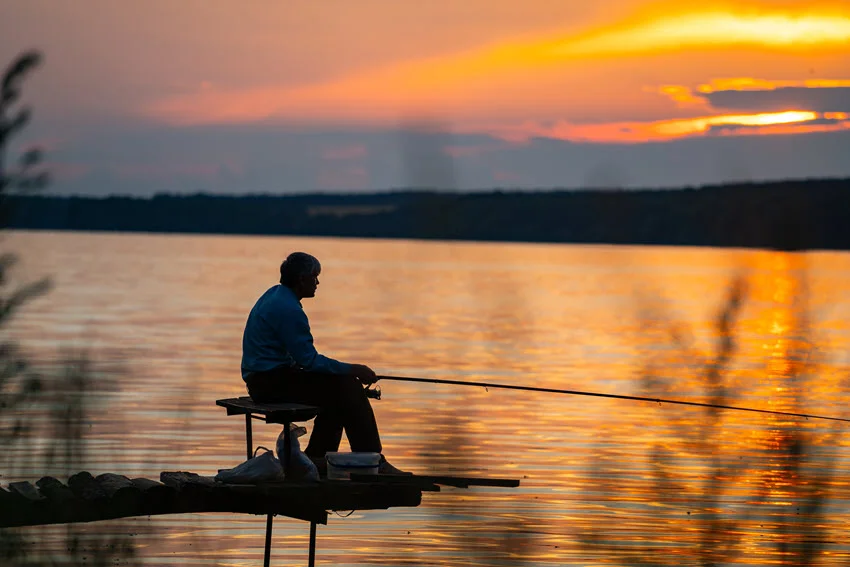
Timing is everything when it comes to Bonito fishing. These fast-swimming, migratory predators follow warm currents and track the movement of baitfish. It means your chances improve significantly during certain times of year and day. Below are the key factors to consider when planning your Bonito adventure.
Bonito fishing is most productive in warmer months. The exact seasons vary depending on the region. Check the part below.
Understanding regional patterns helps you plan the most successful outings, whether you're in the Pacific, Atlantic, or Mediterranean.
Bonitos are visual hunters. They become more aggressive during periods of optimal light. Early morning and late afternoon are generally the most productive times to target them. During these periods, they are actively feeding near the surface.
Avoid the midday lull, especially on sunny days when fish tend to retreat deeper. If you're fishing under overcast skies, action can stay steady throughout the day.
Moving water is your ally. Bonito responds strongly to tidal activity. This is especially notable during rising and falling tides. The flow stirs up bait and oxygenates the water, prompting fish to feed aggressively.
Look for rip lines, current breaks, and areas where tides push baitfish toward structures or shorelines. In coastal and nearshore regions, this can mean inlets, reefs, or drop-offs. Combine this with seasonal knowledge, and you'll significantly improve your odds.
Bonito thrives in warm and temperate waters across the globe. That means anglers have no shortage of hotspots to choose from. Whether you're casting from a pier, trolling offshore, or chasing schools near coastal drop-offs, these high-energy fish can be found blitzing bait across some of the most iconic fishing regions in the world.
From the Atlantic to the Pacific, and even the Mediterranean, here are some top places to land a Bonito. Please do not miss the following parts.

Southern California is a prime destination for Pacific Bonito. Found along jetties and piers or just offshore, they bite throughout the year. Still, the most consistent catches happen during the summer months. Hotspots include Oceanside, Redondo Beach, Newport Beach, and Catalina Island. The bite also extends into northern Baja, Mexico, just to the north of the California border.
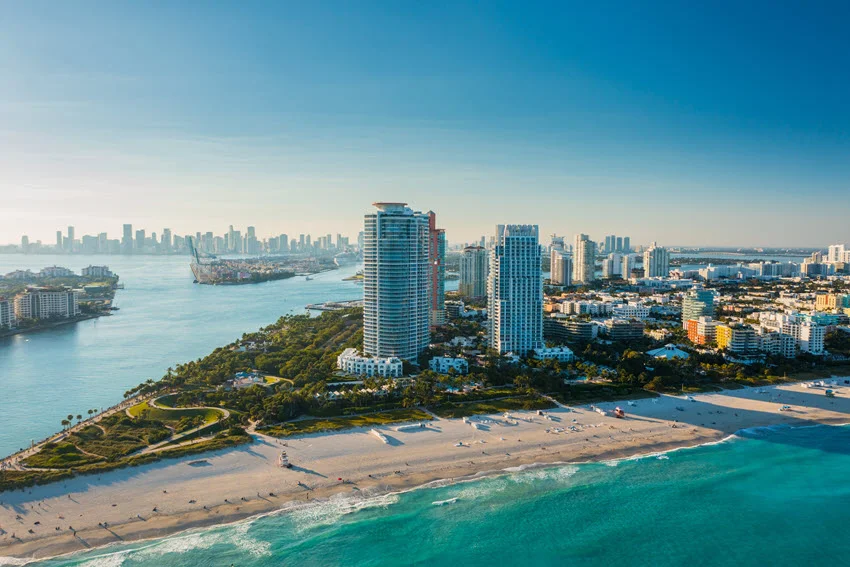
Florida offers nearly unmatched access to Bonito fishing. These fish are a familiar sight for anglers trolling offshore or even fishing from beaches and jetties. While Bonito are present all year, the most productive bite happens from spring into late summer. Typically, it peaks between April and August.

In New England, Bonitos are a seasonal treat. From July through September, anglers head out from Cape Cod, Martha's Vineyard, and Nantucket, where coastal points like Madaket and Smith Point offer thrilling Bonito action. The warm summer currents bring these fish closer inshore. This makes them accessible to anglers.

Susaki is located in Kochi Prefecture, Japan. It is renowned for its traditional pole and line fishing methods, which target Bonito, locally known as "Katsuo." The Bonito season here peaks in October. The region is known for a variety of dishes made with Bonito fish. Among them, "Katsuo no Tataki," a lightly seared Bonito dish, stands out.

Ilhabela is a popular destination for Bonito fishing. The surrounding waters are rich with diverse fish species. They provide ample opportunities for anglers to catch Bonito. The area's natural beauty attracts many visitors, including anglers – the Bonito fishing season peaks during the warmer months, from October to March.

The Mediterranean coastline near Barcelona is a well-known Bonito hotspot. It is especially popular for trolling inshore waters during peak season. From July through November, anglers regularly hook into Bonito not just around Barcelona but also near Mallorca across the Balearic Sea. It's a scenic and productive destination that blends great fishing with Mediterranean charm.

Eastern Australia is home to multiple Bonito species. The action is especially hot in New South Wales. Sydney is very popular for Bonito fishing. Destinations like Trial Bay and South West Rocks are also renowned as places for successful Bonito fishing. The summer season, from December through April, is when local anglers see the most activity.
Bonito fishing requires patience. Of course, that is not all. The right techniques are essential. Knowing how to approach Bonito with the right bait and tools will maximize your chances of success. Below are some of the effective methods used to catch Bonito.
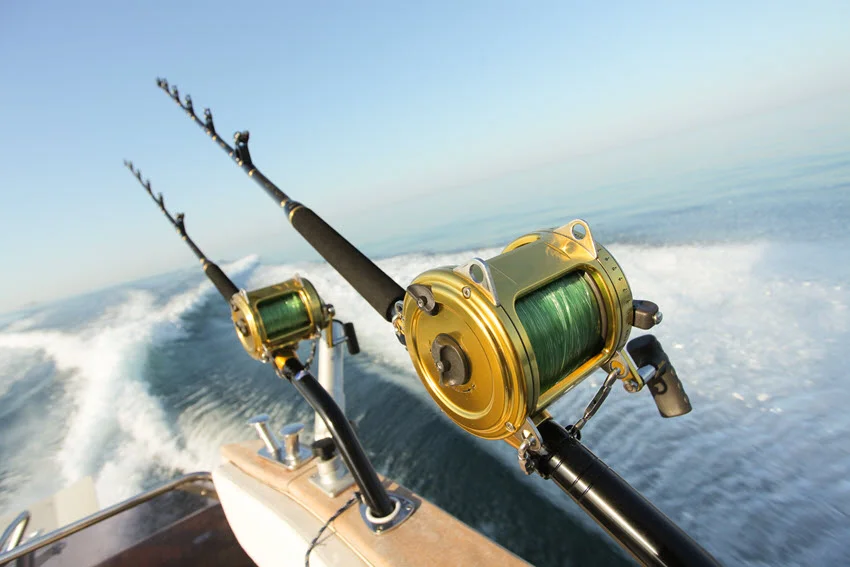
Trolling is one of the most effective methods for catching Bonito. It is especially successful when you're fishing from a boat. You can find schools of Bonito feeding either nearshore or offshore. As they leap out of the water and attract seabirds, Bonito become incredibly aggressive, making them more likely to bite at anything thrown their way.
Set up your trolling rods and slowly move the boat through the school of Bonito, using flashy lures like minnow plugs. Minnows or spoons are popular among them. Try a faster retrieve to create an erratic action that attracts the fish's attention. Trolling is an easy way to get Bonito hooked.

Jigging is used after anchoring the boat. Let the bait or lure sink, then jerk with the rod. This mimics the erratic movements of an injured fish, enticing the Bonito to strike.
Drop your bait or lure to a deeper level. Use sharp, short jerks to make the bait dart up and down. Flashy, metallic lures or jigs are most effective. They should resemble the baitfish Bonito usually targets. Jigging requires more skill and attention than trolling. It can be very rewarding. It is especially effective when Bonito are feeding below the surface.
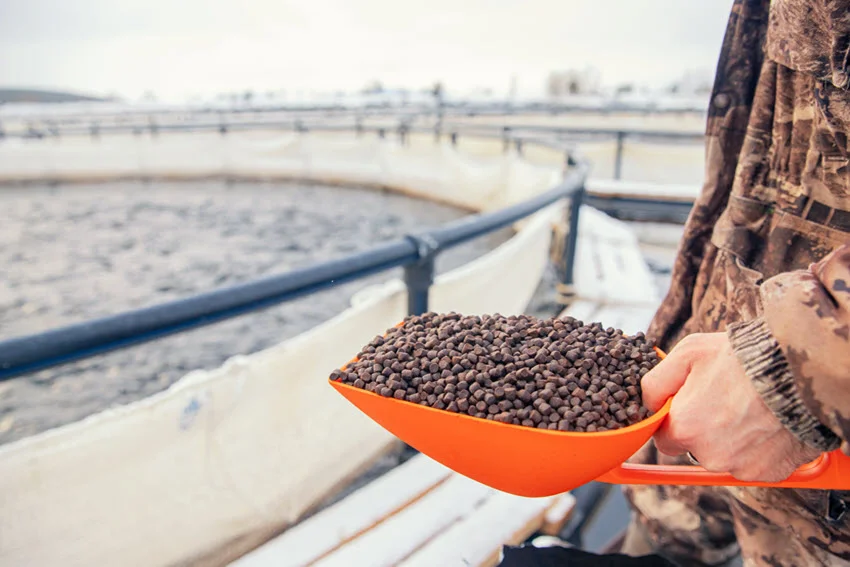
Chumming is an excellent way to draw Bonito closer to your boat. By dispersing baitfish or other attractants into the water, you create a feeding frenzy that can get Bonito biting. The sound and smell of the chum will entice the fish from a distance.
Distribute a generous amount of chum into the water, either from the back of the boat or from a bucket. While chumming, use lures or live bait. A spoon or plug with bright colors often does the trick. Chumming works particularly well in areas where Bonito are already present. The more chum you throw, the more fish you'll attract, so be generous with the bait!
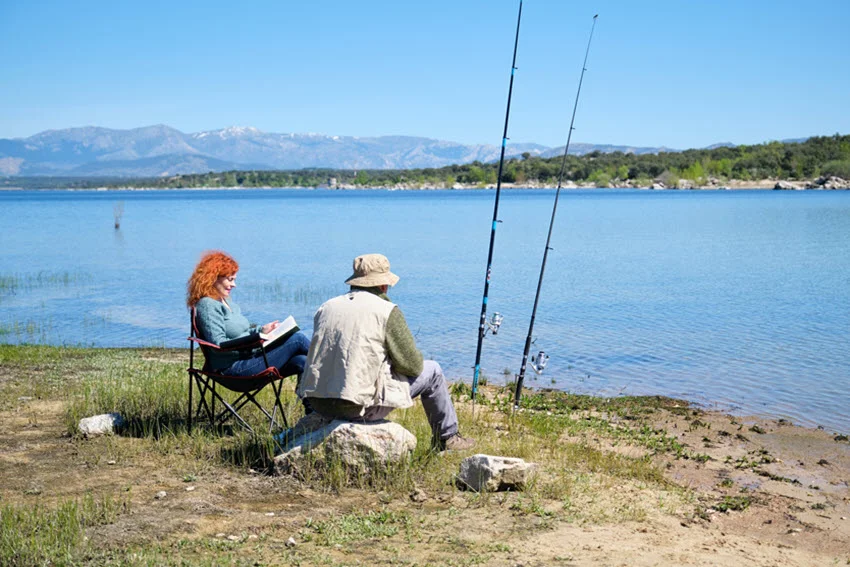
For anglers fishing from shore, Bonito fishing can be just as thrilling. These fish are usually found no deeper than 15 feet from the surface, so keep your bait near the top. Cast your line early in the morning or late in the afternoon, when Bonito are most active. Use a quick retrieve and experiment with different speeds until you find what works.
You can fish with live bait or opt for artificial lures. Spoons, small jigs, and topwater lures are especially effective. A fast retrieve mimics the movement of smaller prey, which attracts Bonito. Timing is key – Bonito are more likely to bite when the water has a bit of chop.
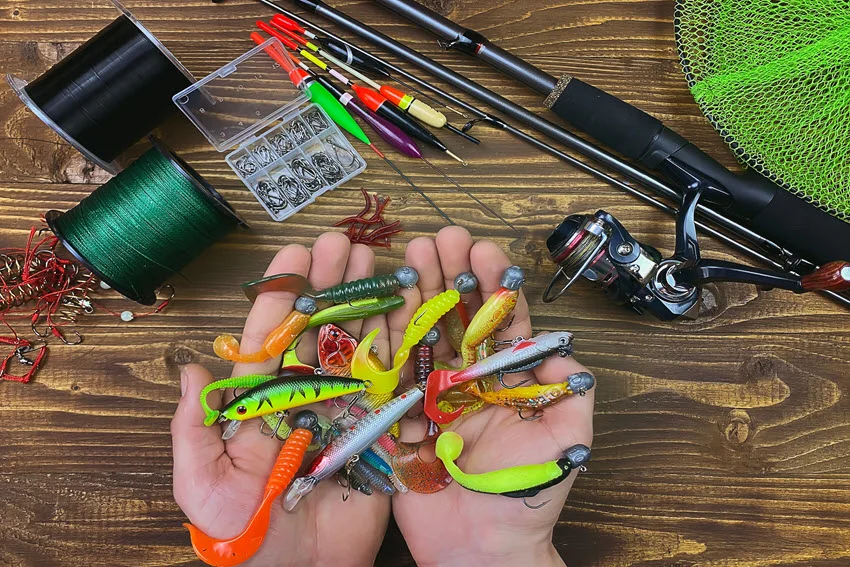
These aggressive, fast-swimming fish respond to a variety of baits and lures. Which one is the best, depending on location, water conditions, and prey availability. Below, we discuss the best baits and lures in detail.
For many Bonito anglers, this is the top choice of bait. They are especially effective when fishing in regions where Bonitos feed on specific forage species. Because Bonito aren't especially picky during a feeding frenzy, using the correct local bait can significantly improve your catch rate.
Common live baits for Bonito fishing include anchovies, sardines, silversides, peanut bunker, sand eels, juvenile squid, menhaden, alewives, and tinker mackerel.
Live bait is especially effective when fishing near structures or when Bonito are feeding just below the surface. Whether you're live-lining, chunking, or chumming, matching the hatch is always a smart move.
Artificial lures can be just as effective as live bait. They are especially effective when Bonito are in aggressive feeding mode. The key is to use fast, flashy lures.
The best lures for Bonito fishing include complex metal jigs, soft stick baits, spoons, deep-diving minnow plugs, and trolling feathers. Lures are especially useful when targeting schools of Bonito from a moving boat. Their aggressive nature often leads them to strike reflexively at anything flashy and fast.
Bonito usually strikes during daylight hours. That’s why shiny, reflective lures work well. Colors like silver, blue, and green are top choices.
In slightly stained water or on cloudy days, switch to brighter or high-contrast lures. White, gold, or chartreuse lures stand out better in lower light. Small metal jigs, spoons, and soft plastics in these colors can trigger quick strikes.
Although color matters, speed and movement are just as important. Fast, erratic retrieves mimic fleeing prey and match the hunting style of bonito. Combining the right color with the right action is what is needed to catch this fish.

Choosing the right gear for Bonito is very important for your fishing success. Your setup needs to match their speed and strength. Let's break down what works best depending on the size of the fish and where you're targeting them.
When fishing from shore or targeting smaller Bonito, a 7 to 9 rod rated for 1/2 to 1 oz lures is ideal. Pair it with a spinning reel no smaller than a 2500 series to handle the Bonito's fast runs and allow for a quick retrieve. A 10 lb test line is typically enough for these conditions. For leaders, use around 25 inches of 10 to 20 lb fluorocarbon or 12 to 25 lb nylon to absorb shock and reduce the risk of fish shaking the hook.
When trolling nearshore or going after larger Bonito from a boat, you'll likely be using the same rods and reels you would for other game fish. In this case, opt for a more robust spinning reel and spool it with 15- to 30-pound braided line to handle the power of larger fish. Just like with light tackle, a longer leader, around 25 inches, of fluorocarbon or nylon in the 12-25 lb range is recommended for better hook retention and abrasion resistance.

Understanding fishing regulations and preserving specific fish species contributes to protecting fish populations and ecosystems and promoting responsible angling practices.
Anglers Booking team
Bonito fishing is lightly regulated, but local rules still apply. Below, we discuss fishing regulations and licenses. Be sure not to miss something!
You must be informed and respect the rules. It ensures responsible fishing, protects Bonito populations, and keeps local ecosystems healthy.
Bonito fishing is a great experience. It provides anglers the chance to chase one of the ocean's fastest and most aggressive predators. Whether you're targeting the Indo-Pacific, Atlantic, or Pacific varieties, the hunt for Bonito is a dynamic adventure filled with fast-paced action, from thrilling strikes to powerful runs. With their speed, agility, and spirited fight, these fish make for an exciting challenge that will test your skills.
Success in Bonito fishing depends on understanding their seasonal patterns, preferred feeding times, and practical techniques. And what technique do you use when going Bonito fishing? Which species of this fish do you prefer? Share your answers with us in the comments!

The expert copywriters at Anglers Booking have meticulously crafted this article. Our dedicated team of writers provides valuable insights and information to enhance your angling experience.
Embark on unforgettable fishing adventures with us at Anglers Booking.
book your charterOctober 17, 2025
October 15, 2025
October 10, 2025
October 11, 2025
October 4, 2025
September 29, 2025
September 25, 2025
September 21, 2025

You're now part of our exclusive community. Get ready for premium content and updates straight to your inbox.
close
Subscribe to our newsletter and receive a selection of cool articles every week.
Please enter a valid email address.

Be the first to know when we're back in action.
Please enter a valid email address.
Leave a Comment
Your email address will not be published. Required fields are marked *
Thank you for your comment! It has been submitted for review and will appear on the site shortly.